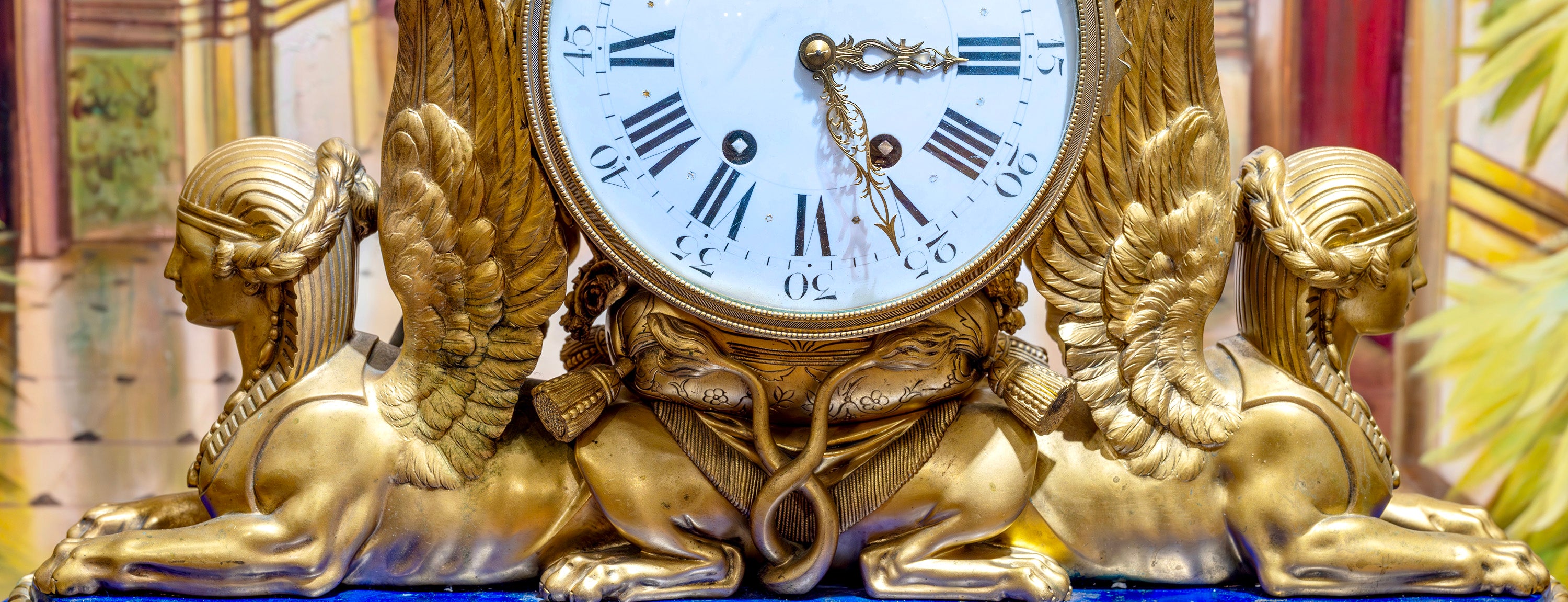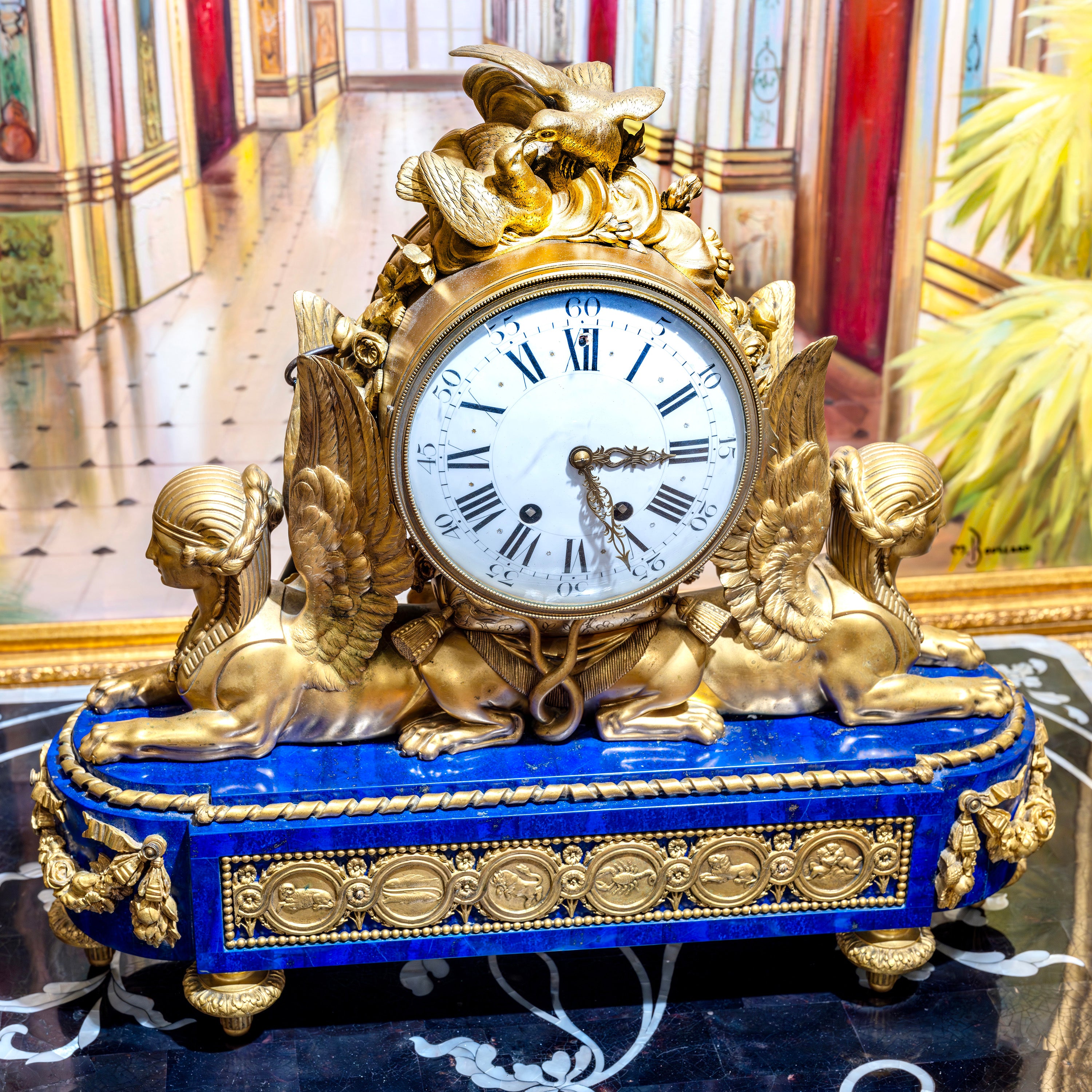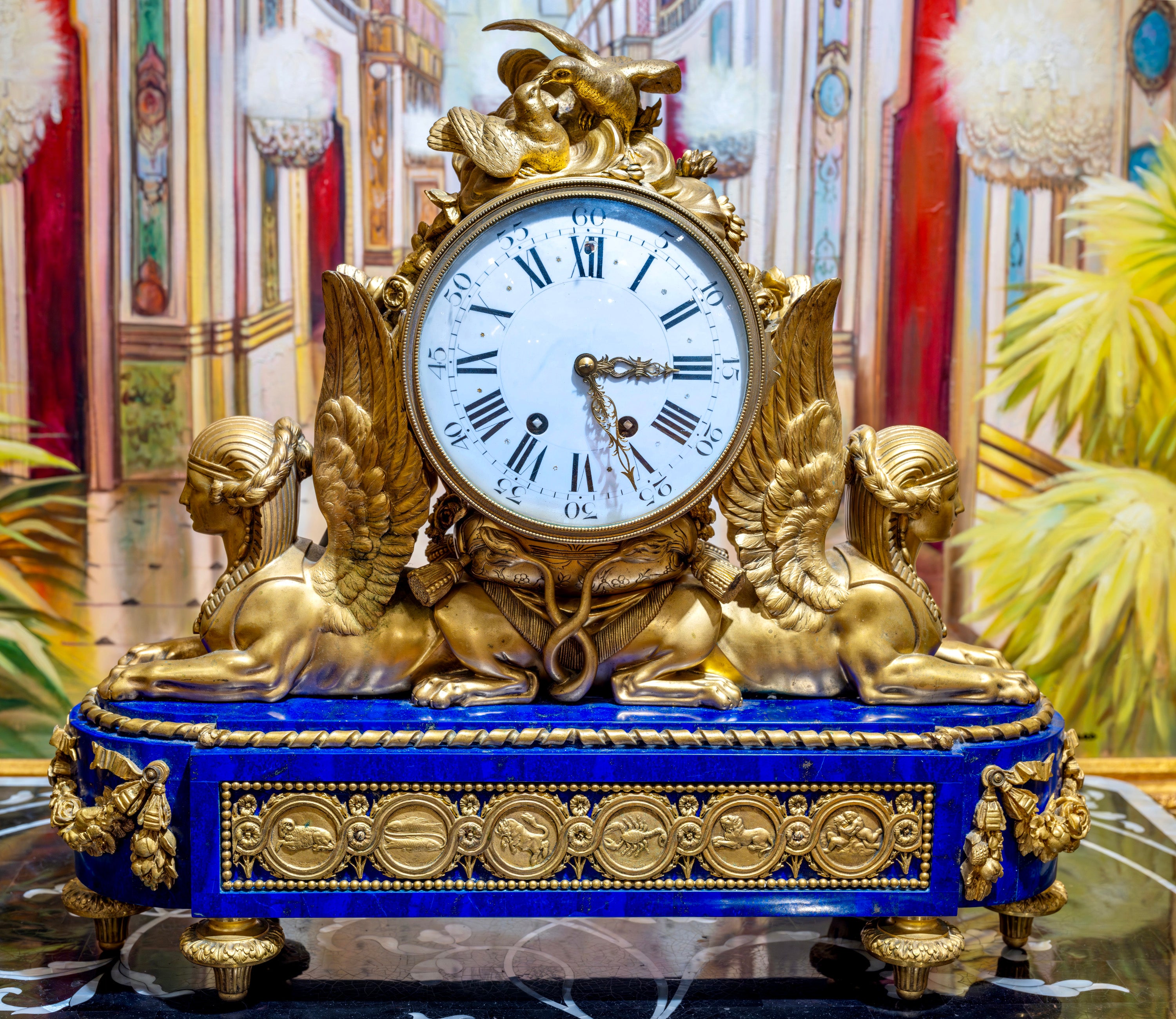Who's Ready to Adjust Their Clock One Last Time?
Daylight Saving and its Impact on French Antique Clock Owners
With a strong drive to finally end the cycle of adjusting our clocks, the Sunshine Protection Act shines brightly in the hopes of many. Eyed as the game-changer for daylight saving time (DST) in the U.S., this legislation promises a brighter future, both literally and figuratively. As the calendar pages fly, the date that everyone's got their eyes on is November 5, 2023. But will it truly be the day we bid farewell to the age-old practice? 🤔
The Timeless Elegance: French Antique Clocks

When we talk about time and its adjustments, the conversation inevitably drifts to those who have a special bond with timepieces. Here, we're highlighting the French Antique clocks, specifically the one that graces Regis Galerie.
A Masterpiece in Metal: Regis Galerie's Clock

Labeled as a "collector's dream", this 19th-century mantel clock stands at the intersection of aesthetics and precision. Every bit of it, from the gleaming dore bronze mounts with majestic winged figures, to the zodiac symbols nestled within top-quality Lapis Lazuli, whispers tales of luxury and grandeur from days gone by.
Astrological Significance in French Antiques

One can't help but notice the astrological zodiac symbols surrounding the clock's Lapis Lazuli base. This inclusion goes beyond mere design; it speaks to humanity's age-old fascination with the stars and the cosmos. Zodiac symbols, representing the twelve astrological signs, serve as a bridge between timekeeping and our place in the universe.
The Intricate Design of 19th Century Clocks

The Regis Galerie mantle clock, with its heavy dore bronze mounts, is a perfect example of 19th-century artistry. The two seated winged figures are not just ornamental; they symbolize time's eternal flight. Their presence speaks volumes about how people of the past viewed time: as a winged entity, always moving, always fleeting.
Adding to its charm, the clock boasts a base made of gem-quality Lapis Lazuli. This vibrant blue gemstone, often associated with royalty and spirituality, was highly prized in ancient civilizations and continues to captivate us today.
⏳ The Graceful Art of Time-Tweaking ⏳For those fortunate enough to possess such splendid artifacts, adjusting the time is more than just a chore. It's an art, a gentle tango with time, ensuring that the clock's sophisticated innards stay in harmony. The possible cessation of DST could mean these connoisseurs can finally breathe easy.
🔚 The Race Against Time 🔚With the Sunshine Protection Act still hanging in the balance, it's hard not to reflect on the relentless march of time. And amidst this contemplation, the magnificent French Antique clocks remind us of time's glorious journey.
Key Takeaways 📝
- The Sunshine Protection Act proposes to make daylight saving time permanent in the U.S.
- The fate of this act remains uncertain despite initial optimism in 2022.
- French Antique clock owners, with their exquisite timepieces, have a unique stake in the outcome.
- The delicate process of adjusting such clocks is an art in itself.
- The ongoing debate around the act underscores our profound relationship with time.
💡 Did You Know? Adjusting the time of antique clocks requires a gentle touch to maintain their intricate mechanics. Each adjustment is a testament to the delicate dance between art and time.
What is the Sunshine Protection Act aiming for?
The Sunshine Protection Act is designed to make daylight saving time (DST) permanent in the U.S. Its goal is to end the bi-annual ritual of changing clocks.
When is the expected commencement date for the permanent daylight saving time under the Sunshine Protection Act?
The anticipated commencement date for the permanent DST under the Sunshine Protection Act is November 5, 2023. However, the future of the act remains uncertain.
How did the Sunshine Protection Act fare in the Senate?
The Sunshine Protection Act received unanimous approval from the Senate in March 2022, signaling strong initial support for the legislation.
Why are French Antique clock owners particularly interested in the outcome of the Sunshine Protection Act?
French Antique clock owners, especially those with exquisite timepieces like the one at Regis Galerie, see adjusting the time as a delicate and artful ritual. The end of bi-annual time adjustments would mean less frequent tinkering with their intricate mechanisms, potentially preserving the clock's integrity and longevity.
How is the Regis Galerie's French Antique clock described in terms of its craftsmanship and design?
The Regis Galerie's French Antique clock is described as a "collector's dream." It stands out due to its 19th-century design, heavy dore bronze mounts featuring seated winged figures, and astrological zodiac symbols set in gem-quality Lapis Lazuli, symbolizing the opulence of its era.






